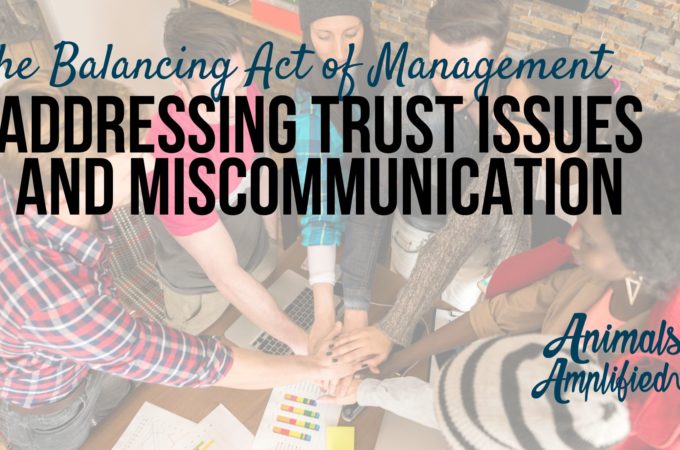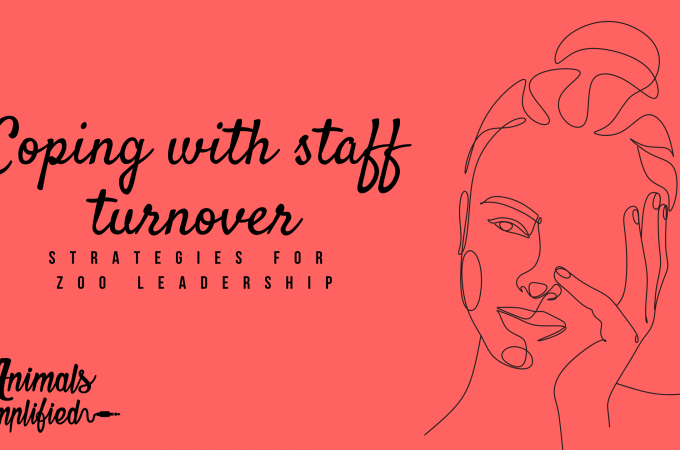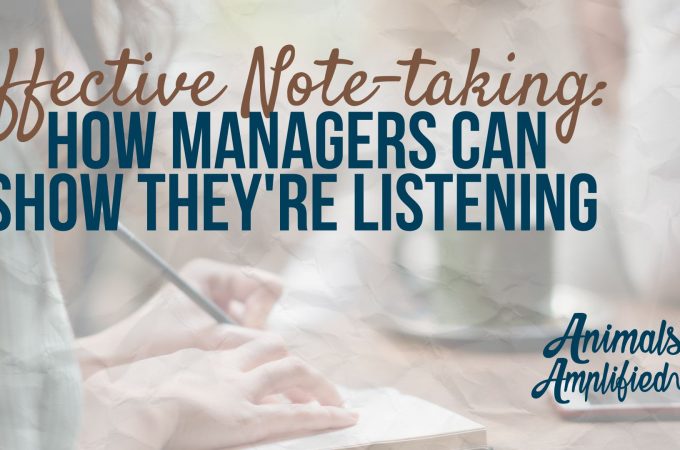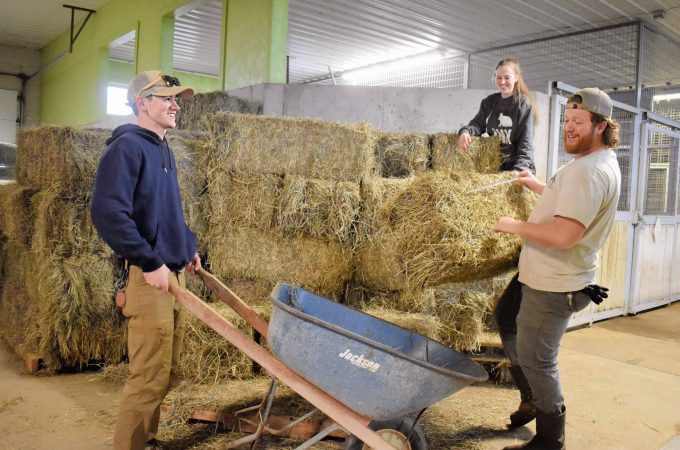
Next Level and Excellence Wins: April Book Reviews
In February, March, and April I wrapped up two books. One about being a better leader and one about offering impeccable service.

Next Level : What Insiders Know About Executive Success by Scott Elbin is geared toward executive level leaders or leaders that are about to “level up”. It was a hard read, but had lots of great tools for leveling up your leadership and these tools can be used at any level of leadership.
He shared about how communicating up, down, and across is vital to your success, here are some of my key take-aways about communication.
Communication
When communicating with your boss know the following:
- What communicaiton style does your boss prefer (email, in person, phone, etc)
- How often do you need to touch base on regular is
- Which issues warrant immediate notification
You should also develop a framework to report to your boss using that stays consistent over time.
- What? – What issue needs to be addressed or considered?
- So What? – What are the implications of this issue that make it worthy of consideration?
- Now What? – What needs to be done next about this issue? What action or support do you need from your boss? What milestones should your boss look for in terms of progress.
In addition to know how your boss likes to be communicated with and creating consistency in your communications, don’t forget that you will need to speak for the work. Ensure you aren’t speaking for your work but for your team’s work. Make sure you’re sharing team successes in your report. Those team successes reflect well on you.
When communicating with your peers or your team ensure you aren’t taking up too much airtime. Keep track of how long each person talks in a meeting and work to adjust by asking people to speak up or reminding others to be more concise.
In addition to your regular reports, be prepared at all times to deliver a quick and concise report on your key initiatives using the following framework:
- Our project or initiative is about….
- It is critical to the company because….
- What this means for you (other leaders, peers, subordinates)….
- Here’s how you can help….
Another great tip is to remember that you control the weather, you’re in a very visible position and people are watching you. Create a leadership weather map. Fill in each box with words that describe that kind of energy. Decide which box you will show up in.
My Leadership Weather Map
| High Positive Energy | High Negative Energy |
| Low Positive Energy | Low Negative Energy |
Lastly, choose effectiveness over being right. When you’re playing on a high level team with a lot of other performers, you have to learn how to work successfully with peers whose footprints are equally as big. You have to step out of “I’m right” syndrome and overcome “the smartest kid in class” disorder. If you’re on a high performing team your peers are going to be experts too, the smartest kids in class, and they too probably got to where they are by being right again and again. You might be right but your peers are going to get sick of hearing you fight for your idea because you are right.
The right solution is the one that solves the problem with all members of the group being relatively happy that they are moving in that direction. Consensus will be more important than individual brilliance.
To combat this direct some energy at making your peers feel intelligent and successful. Don’t waste time proving how smart you are to your peers. Spend your energy on bringing the group together to come up with smart outcomes.
Elbin also reminds us that likely we got in to our leadership roles because we were good “doers”, our personal successes and progress got us in to the position. However as we move up in the ranks there is no way we can still be responsible for everything so we have to learn how to be accountable.
Being accountable means we have to learn how to let go of doing things ourselves and pick up relying on a team. Here are some of my favorite take aways about team reliance.
Team reliance
Use the GAPS model to coach a team member to higher performance or determine if there is a fir between the person and the role. Compare the team members take on their own Goals and Abilities to the organizations Perception of their abilities and the Standards that are required.
When starting a new project make sure everyone has clear expectations by answering the following questions:
- When we’re successful, what will be different from today’s status quo?
- What difference will success make?
- What are the metrics that will help us to measure success?
- On the way to achieving the desired results, what actions are out of bounds?
- What is our deadline?
Another way to be better about relying on your team is delegating responsibilities. If delegating tasks TRACK your delegation
Use the following framework as a checklist for major tasks that you’ve delegated- Download this delegation sheet to help you set clear expectations. Better yet, fill this out with your supervisor when they delegate something to you!
If you’re in a position to provide coaching use the following model to lay out the conversation. Or fill this out and bring it to your supervisor, mentor, or manager to solicit coaching from them. The GROW model:
Goal: What are you trying to accomplish? What difference would it make?
Reality: What’s the current situation? What have you tried so far?
Options: What else could you try? What are the pros and cons of your options?
What’s next: What are your one or two next steps? What’s your time frame?

Horst Schulze was able to build a successful hotel chain where not only his customer but also his employees were treated with dignity and respect. That doesn’t mean the Mr. Schulze compromised for less. It meant that he created families at each of his locations that worked together to create excellence.
No excuses
Don’t hide your excuses by calling them explanations.
i.e. “There’s construction on the street in font of us, noisy machinery. We can’t do anything about it.”
“We’ve had terrible weather here. A blizzard came through, and nobody was traveling.”
Don’t just identify the challenge, identify how it can be overcome.
For a good example of this read the story of H.E.B. owner’s action after Hurricane Harvey pg. 172
Activity– Take three “explanations” that are common for your team, identify the challenge and how it can be overcome.
Three different kinds of customers
Dissatisfied customers- feel like they got a bad deal, paid too much for an inferior product, met an unfriendly employee. They tell their friends how poorly they were treated, rant on social media, leave negative reviews
Satisfied customers- feel like things were okay, they got what they paid for. They have no allegiance to you, if someone, somewhere else offers a better deal, they’ll jump ship.
Loyal customers- based on experience they trust you. They tell other people about your organization. They’ll stick with you, even if someone else offers them a discount. These customers can still be lost.
Activity– Go through a day and try to create loyal customers, what action steps will you take? How will you identify which customers are which?
Repeat your missions and your credos
Activity– Make a list of all your company’s “credos” or “mantras” and create a schedule for every department to focus on one of those each day in pre-shifts or morning meetings. Read the standard, make comments about what it means, tell a story about a customer and how that standard affected them. This keeps these tenants of business top of mind and encourages consistency.
Find the source of defects
If you find a small problem then search for the root of the problem, read the story of the teapot on page 134 or the story of the elevator 56-58 for examples of how this can be put in to play.
Activity– Do a walkthrough of your areas, department, string, or section with your team. Look for defects with a critical eye and then trace these back to the root of the problem to ensure that you stop the defect from occurring again.





